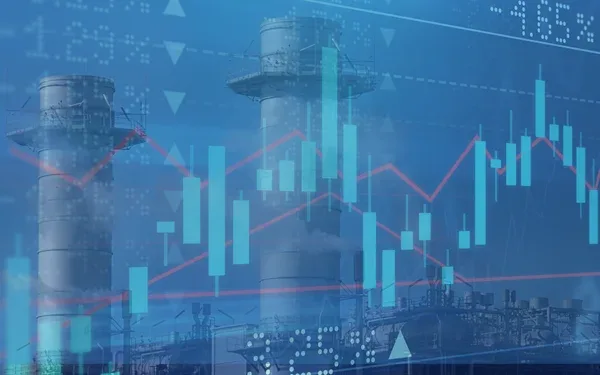New ways of measuring demand response being explored

When electricity demand outstrips the capacity of all the power plants and imported energy put together, demand response can be an important resource.
Demand response relies on people and businesses, not power plants, to meet electrical demand. Just like a power plant, demand response bids into the market and is dispatched based on price or in response to emergency conditions. For that reason, demand response that makes itself available to be dispatched by the CAISO is referred to as “supply side” demand response. At the same time, demand response is a tool used by utilities – and implemented either by utilities or third parties -- to reward customers who either use less electricity at times of high energy demand or who shift their energy use to times of day when renewable energy is abundant. These reductions or shifts in energy use allow customers to lower their electricity bills, while providing environmental benefits and enhancing market efficiency and grid reliability.
But demand response isn’t like typical power sources; rather than an injection of energy, it is a reduction in consumption. So instead of measuring how much electricity is being fed onto the grid, demand response performance is assigned value as the amount of electricity not being consumed. That unique characteristic makes assessing performance challenging, because it deals in the counterfactual: how much energy did responding customers conserve compared to what they would have done otherwise?
Historically, measuring demand response performance has involved comparing energy reduction to weather conditions over a 10-day period from the previous 45 days. But lately, our state has been entering a less predictable climate pattern of extreme heat waves lasting several days, demand spikes at crucial times of the day, and a changing resource mix. The rotating power outages during a heat wave in August 2020 highlighted that there were methods of evaluating demand response performance that should be explored.
In response to the heat wave of Aug. 14-19, 2020, demand response providers suggested that updated measuring methods could more accurately capture performance. To address these suggestions, the CAISO commissioned a report to study a new way to measure performance, based on comparing response from responding customers to a group of non-participating customers. The report, prepared by Recurve Analytics, shows that using control groups consistently measures supply side performance more accurately than the present baselines.
This control group approach, was found to be an accurate method to see the impacts of energy use curtailment and thus more accurately compensate providers. Using data from customers who are not reducing electricity consumption shows a stark divergence from those who are conserving. While there are currently barriers to accessing the data, we see this report as a demonstration that a better methodology for assessing demand response value exists, and as a starting point in longer-term discussions with the CPUC and the CEC on how to integrate it into the settlement process.
The California ISO held an informational call on the Recurve report on Nov. 16, and is requesting comments on the discussion by Dec. 6. For more in-depth information on the report and call, visit the Demand Response Baseline Enhancements meeting on our website.
With a better methodology for evaluating performance, the CAISO believes demand response will continue to grow into a critical asset on the clean, efficient grid of the future.


